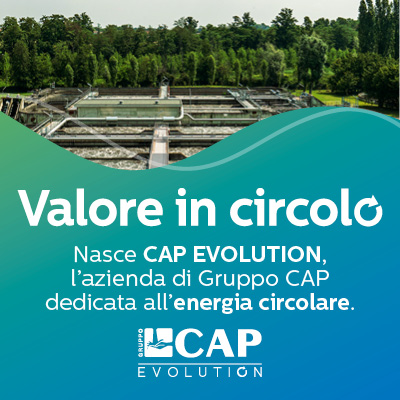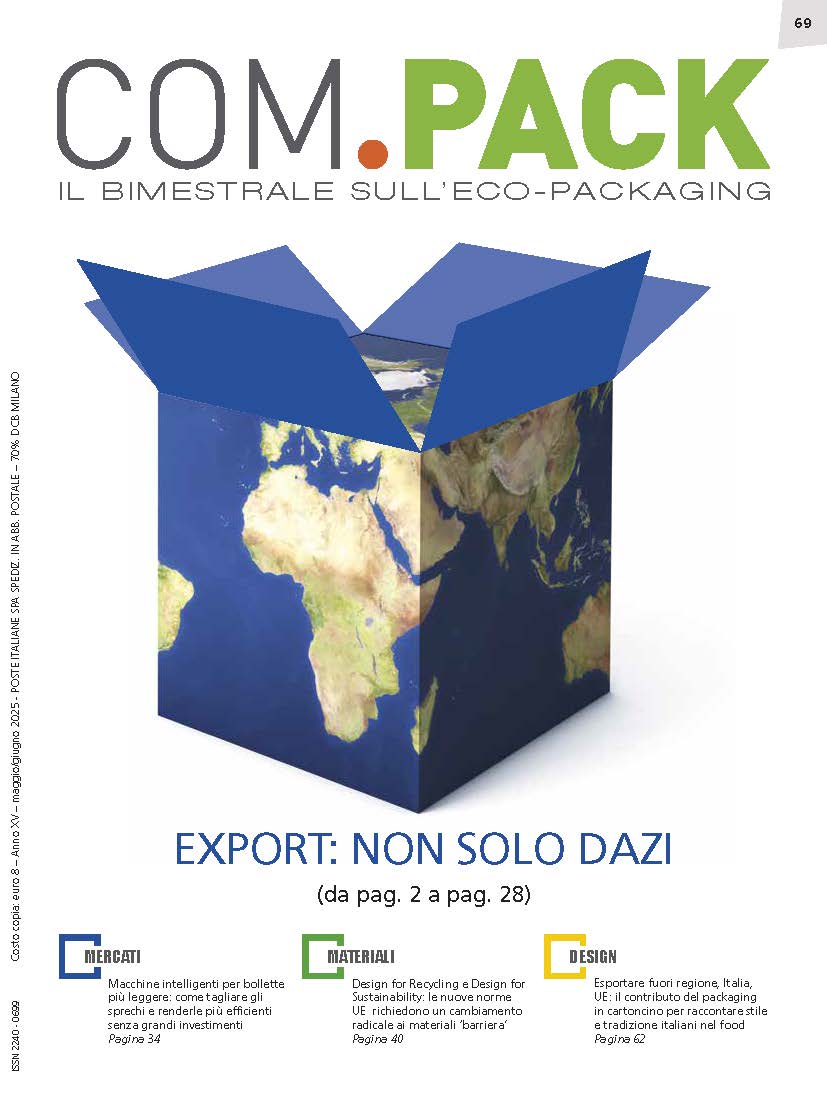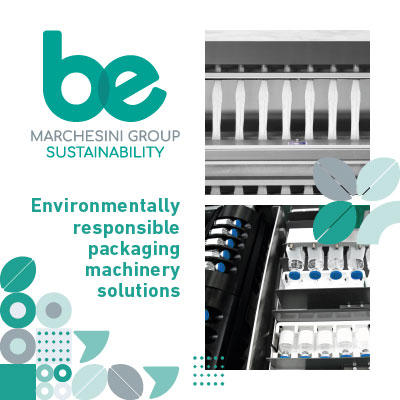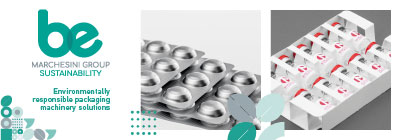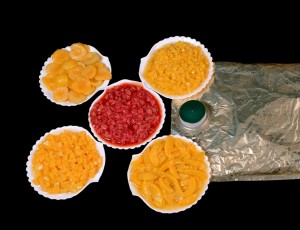 IT Scambiatore di calore ohmico - UK Ohmic heat exchanger - F Echangeur de chaleur par chauffage ohmique. – D Wärmetauscher mittels ohmischer Heizung – E intercambiador de calor por calentamiento óhmico
IT Scambiatore di calore ohmico - UK Ohmic heat exchanger - F Echangeur de chaleur par chauffage ohmique. – D Wärmetauscher mittels ohmischer Heizung – E intercambiador de calor por calentamiento óhmico
Un impianto ohmico fa passare corrente elettrica attraverso il prodotto, che si riscalda uniformemente dall’interno comportandosi come una resistenza elettrica. La corrente elettrica riscalda contemporaneamente la porzione fluida e quella solida dall’interno senza alcuna parete calda cui il prodotto possa aderire; riscalda molto velocemente, può portare un fluido da 20 a 90 °C in una frazione di secondo. L’effetto sterilizzante è dunque dovuto al calore, esattamente come negli scambiatori tradizionali, ma si tratta di un calore ben distribuito, che non causa cotture disuniformi e bruciature: infatti, negli scambiatori tradizionali, in contatto con il prodotto c’è una parete calda cui il prodotto può aderire e bruciarsi, e nei prodotti con pezzi la porzione fluida riceve più calore di quella solida. Infine, uno scambiatore ohmico è estremamente compatto ed occupa meno spazio di uno scambiatore tradizionale; le versioni destinate a prodotti senza particolati hanno dimensioni ridotte, fino anche ad un parallelepipedo di poche decine di centimetri di lato. Leggi anche Si diffonde il calore gentile
An ohmic installation makes the electric power pass through a product, which equally warms from the inside, behaving like an electric resistance. The electric power warms up the fluid portion as well as the solid one from the inside simultaneously, without any hot walls for the product to stick; it ensures very fast heating: it can bring a fluid from 20 to 90 °C in a split second. The sterilizing effect is due to the heat, just as it happens by using traditional heat exchangers: the heat is well and evenly distributed and it does not cause non-uniform cooking or burning. With a traditional exchanger a hot wall is in contact with the product, which can stick to it and get burnt, just as it happens to a product in a pot on the stove; the fluid portion of a product with chunks gets more heat than the solid one. Moreover, an ohmic exchanger is compact and takes up less room than a traditional exchanger; ohmic heaters for homogeneous products without particulates are parallelepipeds, measuring just a few dozen centimetres. Read also A gentle heat diffuses





